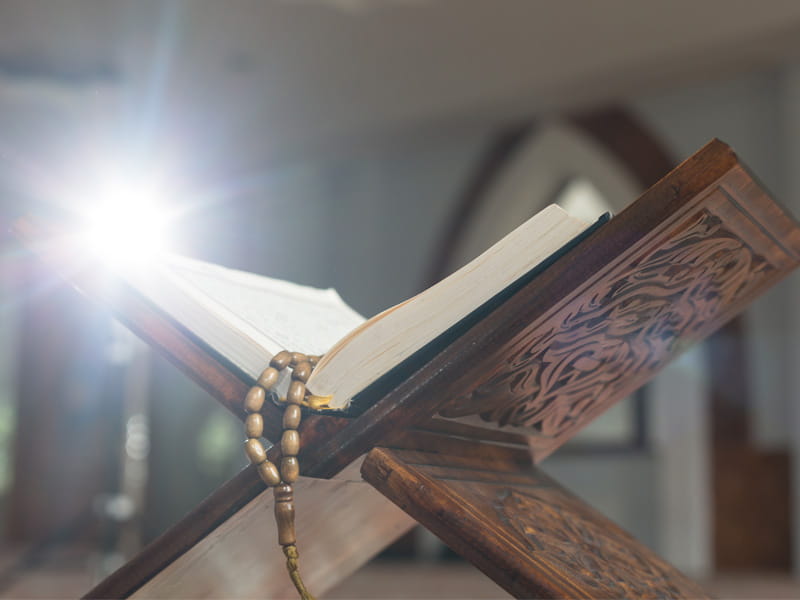In the past few decades, as the immigrant Muslim population has grown, it has not been uncommon for people in the same region, or even in the same masjid, to observe Ramadan and the break-the-fast Eid on two separate timelines. But an effort in recent years to follow a unified calendar has been gaining ground. Leading the charge: a network of Islamic clerics, scientists, amateur astronomers, and cyber-faithful.
"Unity is important not only [as a] symbolic aspect, but also a religious matter," says Khalid Shaukat, a research scientist and web master of www.moonsighting.com.
"It can be achieved by educating the masses of Muslims about the science of moon sighting so that they may not remain divided."
That's not as simple as it sounds.
Since the seventh century, Muslims have based their calendar on the lunar cycle, counting 29 or 30 days in each month of their 354-day year. But while technology has made it a fairly easy task to predict what many call the "new" crescent's place in the sky each month, guaranteeing visibility can be a vexing matter. Cloud cover or fog can prevent moon sightings. Airplanes, satellites, and other traffic in increasingly congested skies can also complicate things, according to Shaukat.
Even for communities that have decided to go with a local crescent view, all it takes is one "Ramadan Mubarak" ("Blessed Ramadan") phone call from relatives back home--where the holy month is under way--to derail attempts at local unity, says Metwalli Amer, the Egyptian-born imam of the Sacramento Area League of Associated Muslims, a Northern California mosque.
"Then the damage is done," says Amer, who has been trying since the mid-1980s to get Sacramento Muslims to observe the fast and subsequent feast together.
"We are here in North America; we should follow the calendar in North America," agreed Sultan Hameed of the Islamic Center of Long Island in Westbury, N.Y. "It just makes common sense."
Not to Abu Talha, imam of the Islamic Center of Waukegan. As soon as word comes that the silvery crescent has been sighted in the Middle East, most observant Muslims in his suburban Chicago masjid begin their fast. One year, reports of the new moon surfaced first in Yemen. That was good enough for Talha. The Jordan native says he's all for unity, but believes it is more important that it come among all Islamic nations--not just Muslims in North America.
If Shaukat's estimates are correct, Talha is part of a shrinking group. Five years ago, roughly half of the Muslim communities in the United States started Ramadan together. Now that number is closer to 80%, he said.
In the last eight years, the Islamic Shura Council of North America has signed off on the official North American moon sighting to mark the beginning of the fast. The group is composed of about a dozen Muslim scientists and religious and secular leaders. Shaukat, a Maryland-based scientist, staffs the phones for the Shura Council as the holiday nears, juggling dozens of calls from Muslims claiming to have spotted the new crescent--and from clerics wondering whether Ramadan should begin at dawn the next day. Once the sighting is confirmed, Shaukat posts the news on his website.
This year's Ramadan moon is expected to be seen on November 6.

